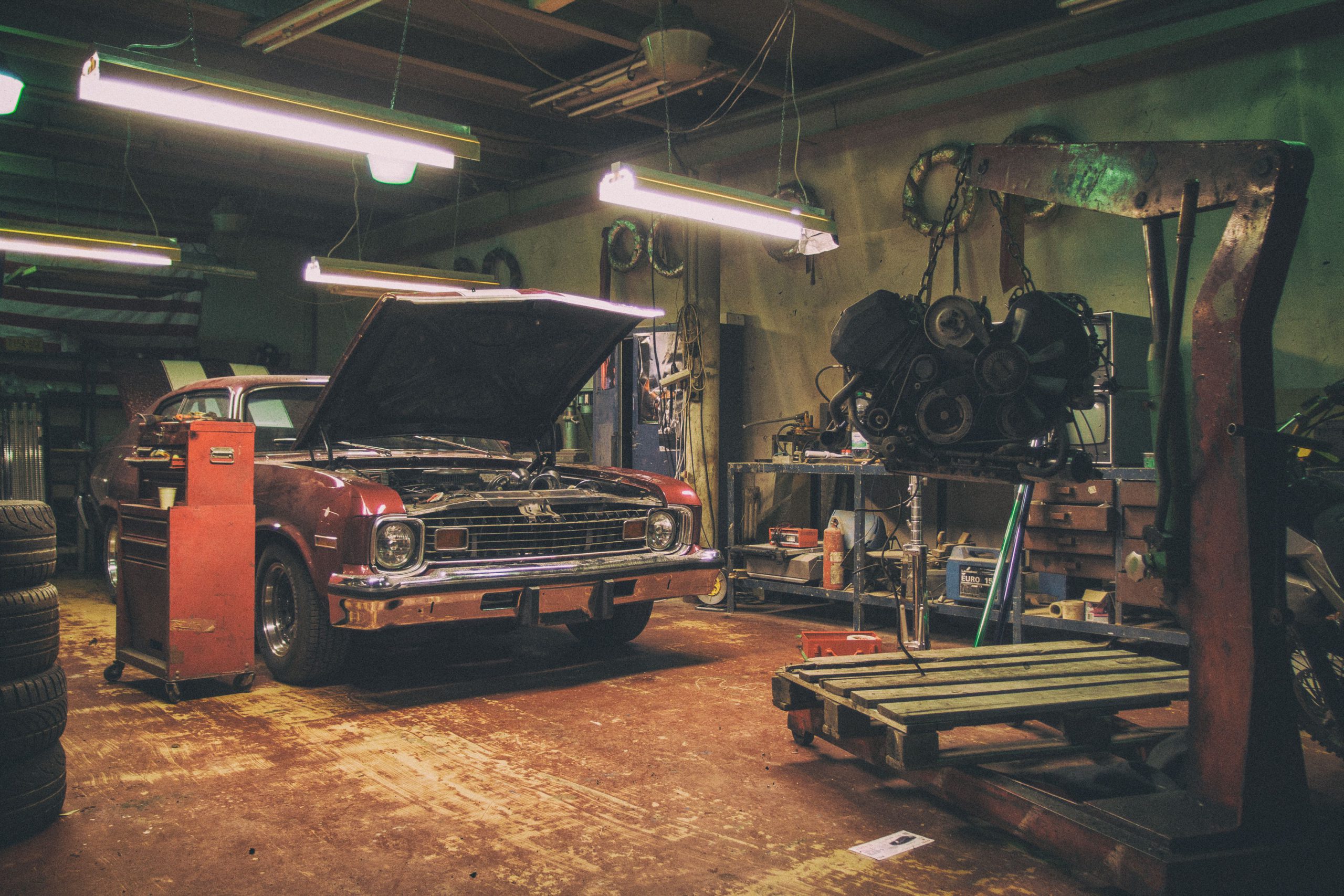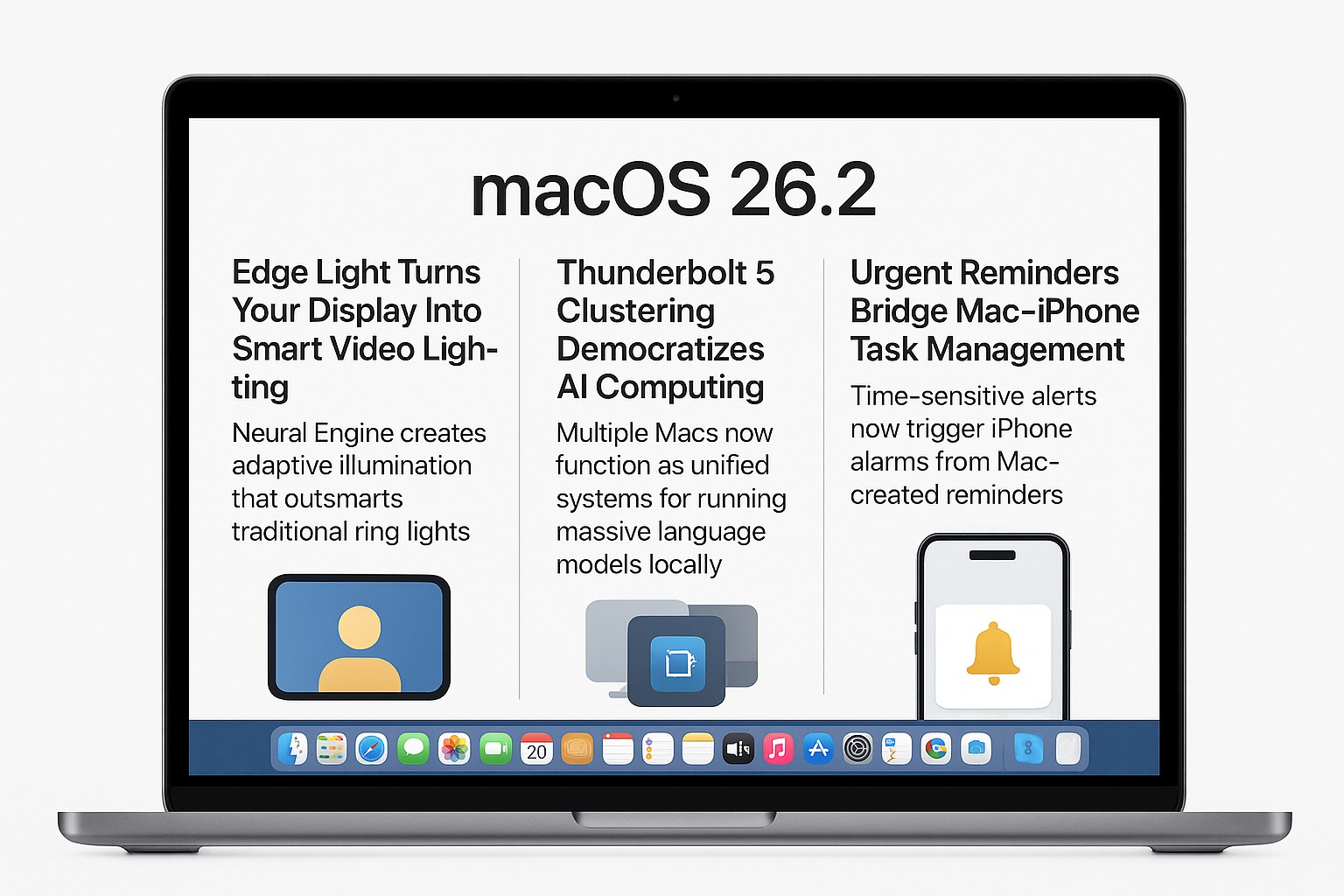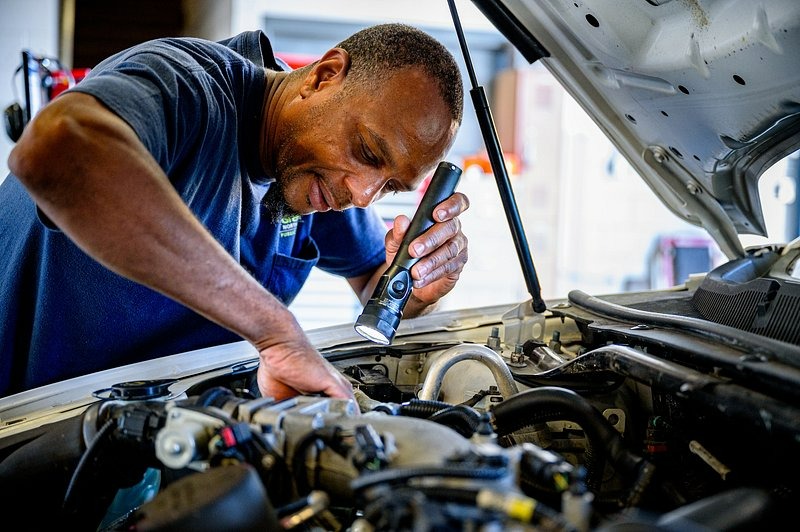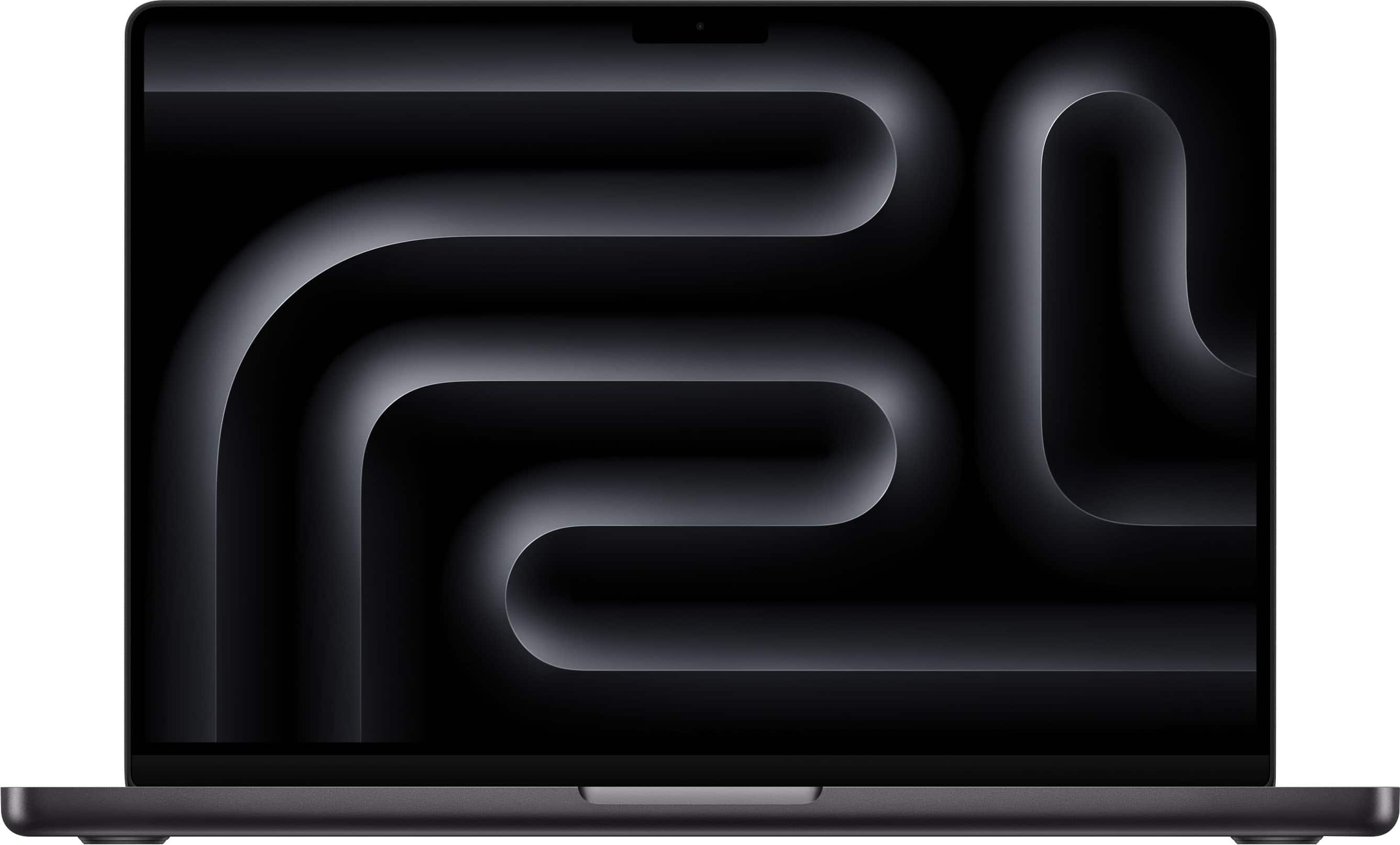Coolant leaks seem harmless until your engine seizes on the highway. What starts as a few innocent drops under your car can escalate into catastrophic overheating before your dashboard even blinks a warning.
While you’re worrying about getting scammed on air filters, ignoring that tiny leak could bankrupt your car budget with a $4,000–$7,000 engine replacement.
The $10 Filter That Becomes a $150 Con Job
Your cabin air filter lives behind the glove box, not in your wallet.
Mechanics love this five-minute upsell. That cabin air filter costs $10–$20 at any parts store and slides out behind your glove box without tools. Yet shops routinely charge $50–$150 for this “complex” procedure.
The markup hits 750% because most drivers don’t know where their filter lives. YouTube tutorials can walk you through replacement on virtually any vehicle—no mechanical genius required.
Fuel System “Cleaning” That’s Pure Theater
Your $250 service might be an $8 bottle of fuel additive.
Those fuel injection cleaning specials sound impressive at $150–$250, but the “service” often involves pouring standard fuel system cleaner into your tank and running the engine. Modern gasoline already contains detergents that keep injectors clean.
Unless you’re experiencing actual drivability issues like rough idle or misfires, your owner’s manual probably doesn’t recommend this service. Cross-check before paying for the automotive theater.
The Leak That Destroys Everything
Ignoring coolant drops creates engine apocalypse scenarios.
Here’s where penny-wise becomes pound-foolish. That minor coolant leak under your car represents the only genuinely expensive mistake on this list. What begins as a $200–$400 repair can rapidly become total engine failure.
When coolant levels drop critically, engines overheat faster than dashboard gauges can react. Warped cylinder heads, blown gaskets, or seized pistons follow quickly, turning your transportation into expensive scrap metal.
Fighting Back Against Markup Madness
Knowledge gaps disappear with simple verification tactics.
- Request to see old parts before approving any service
- Get written estimates with clear labor breakdowns, not vague “inspection fees”
- Seek second opinions for expensive repairs unless safety is immediately compromised
- Walk away from shops that can’t explain charges or show you what needs fixing
Your skepticism protects your bank account better than any extended warranty.
Mechanics profit most from the cheapest mistakes while customers ignore the expensive ones.





























